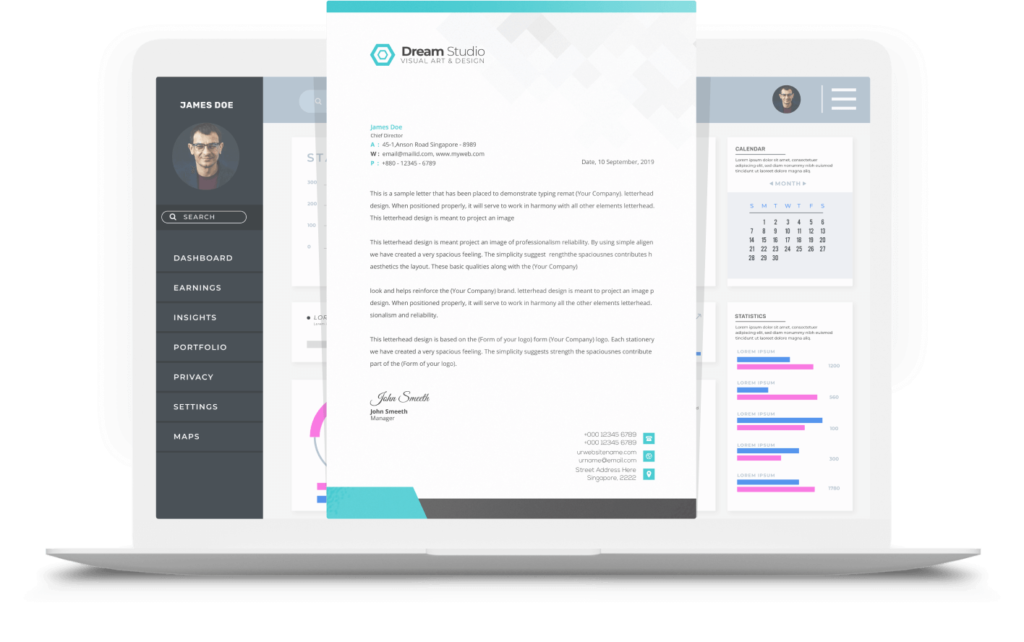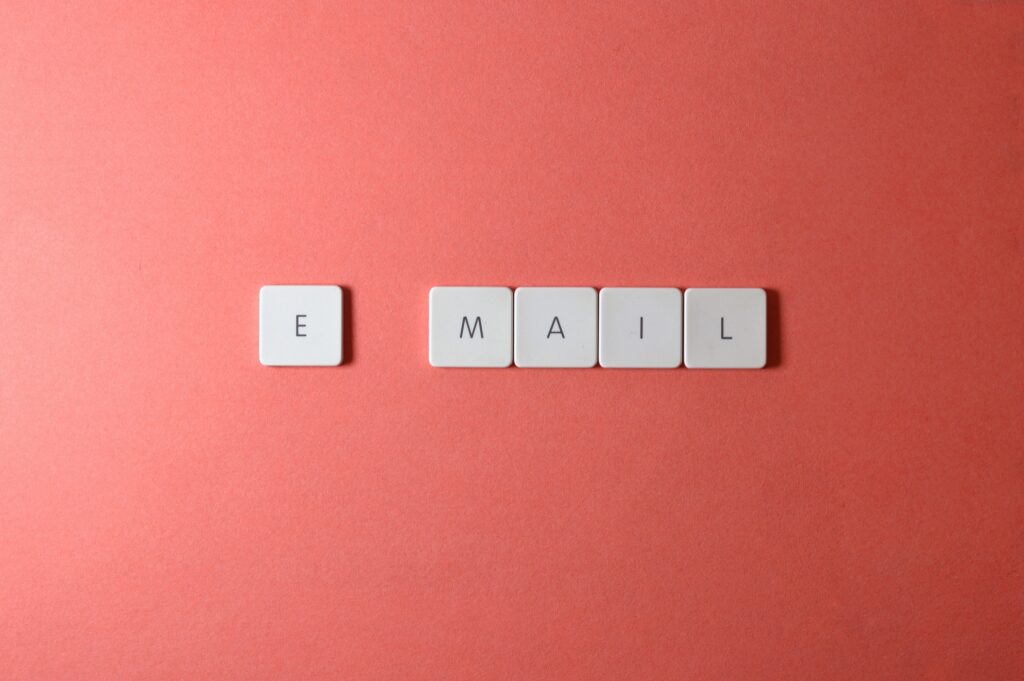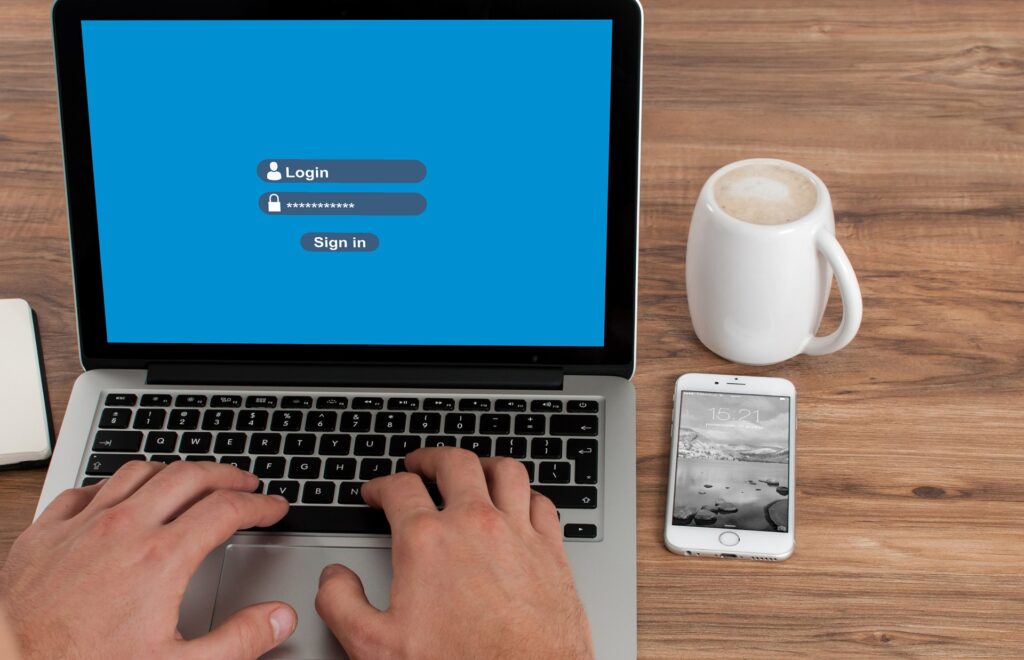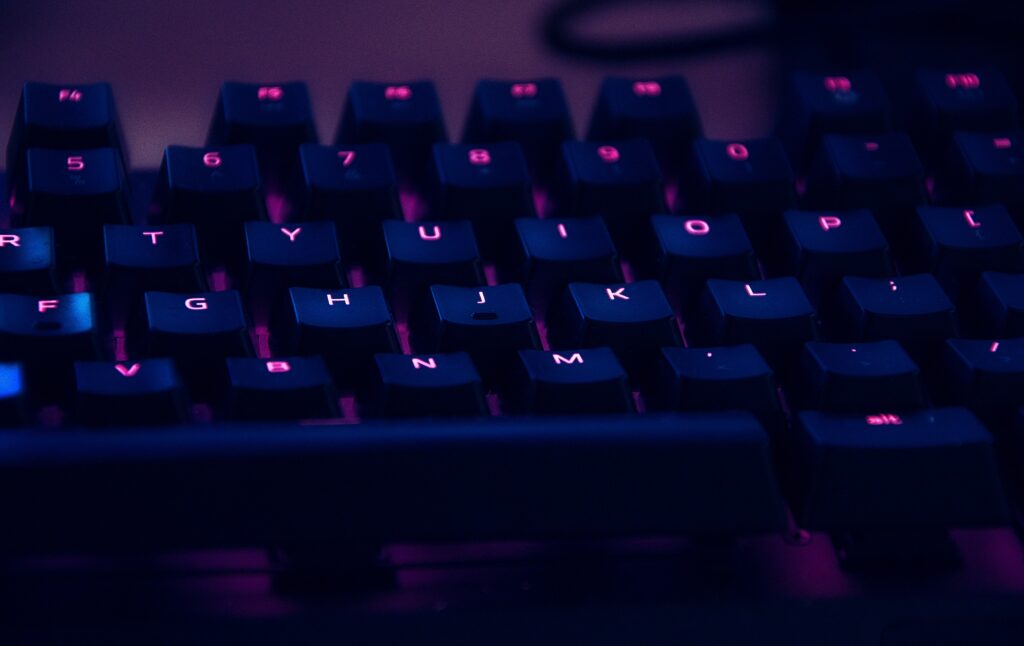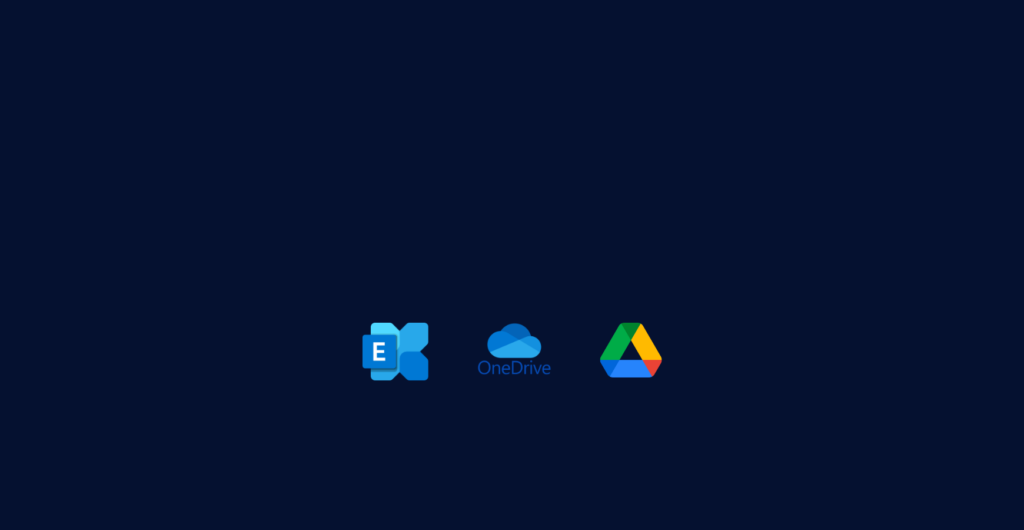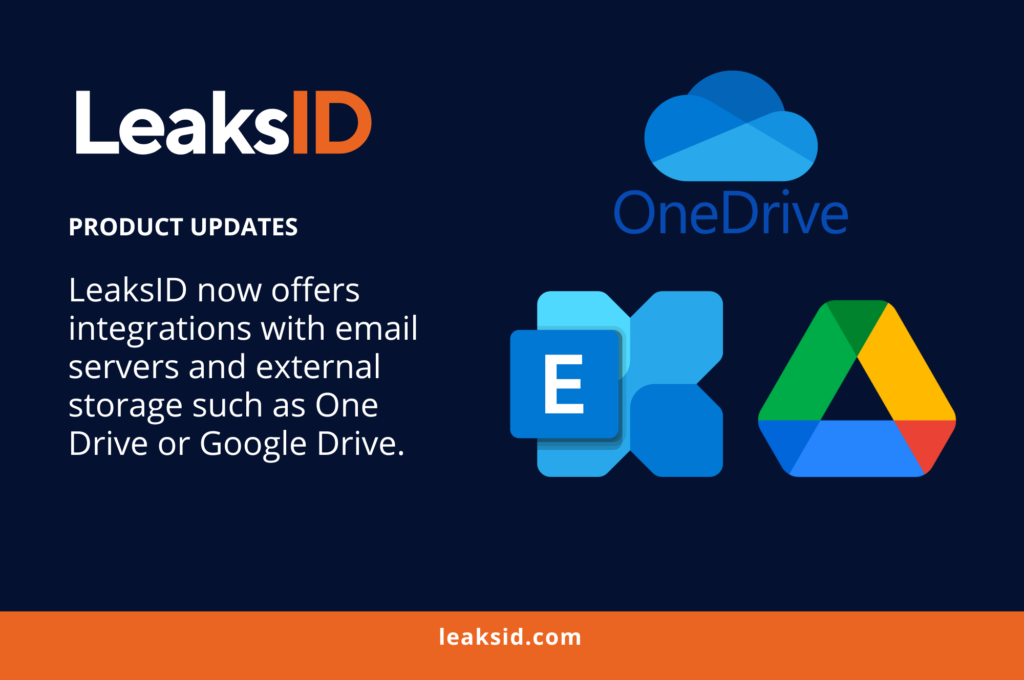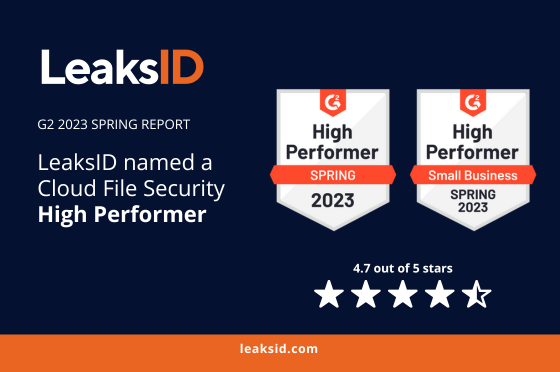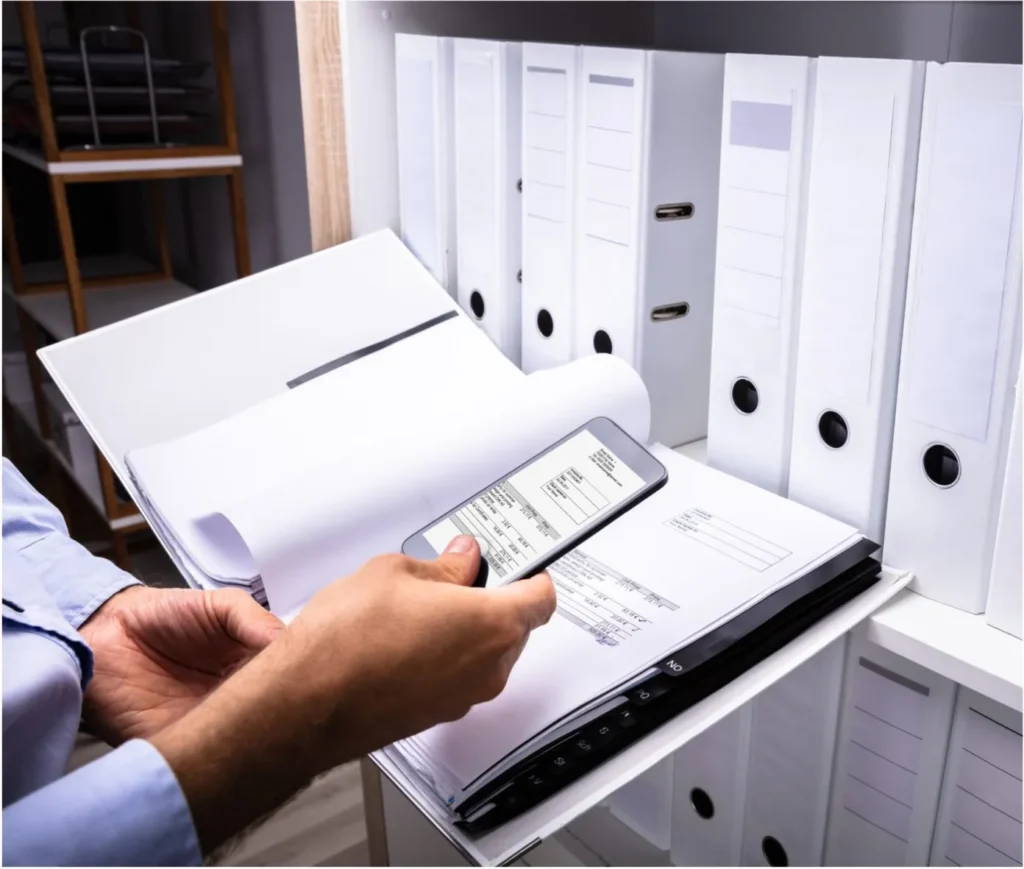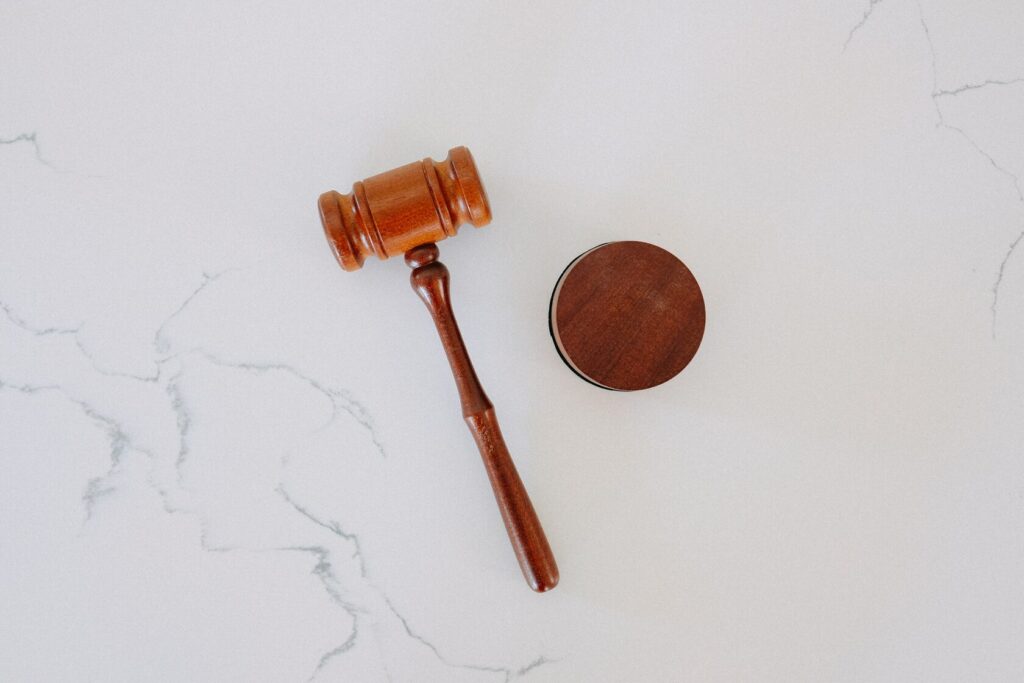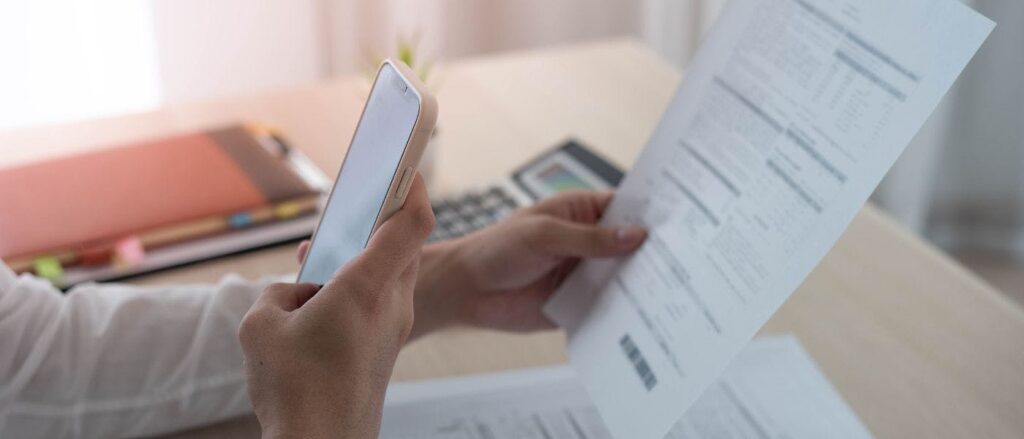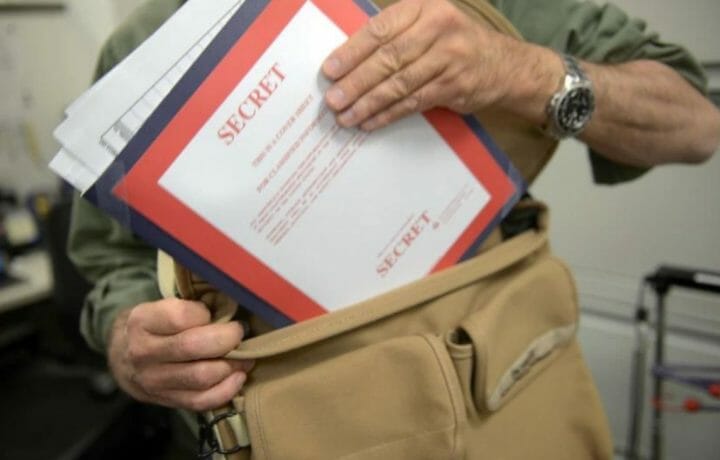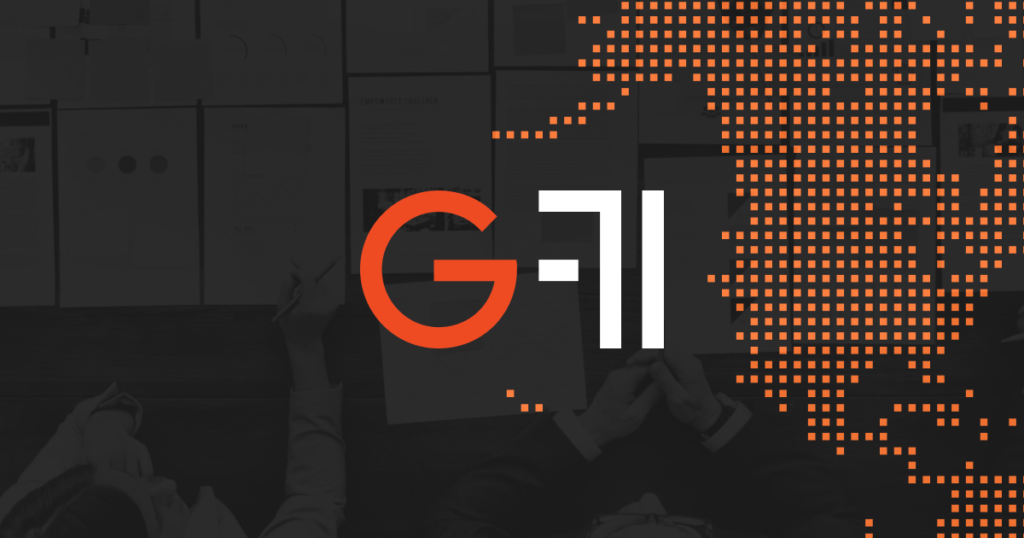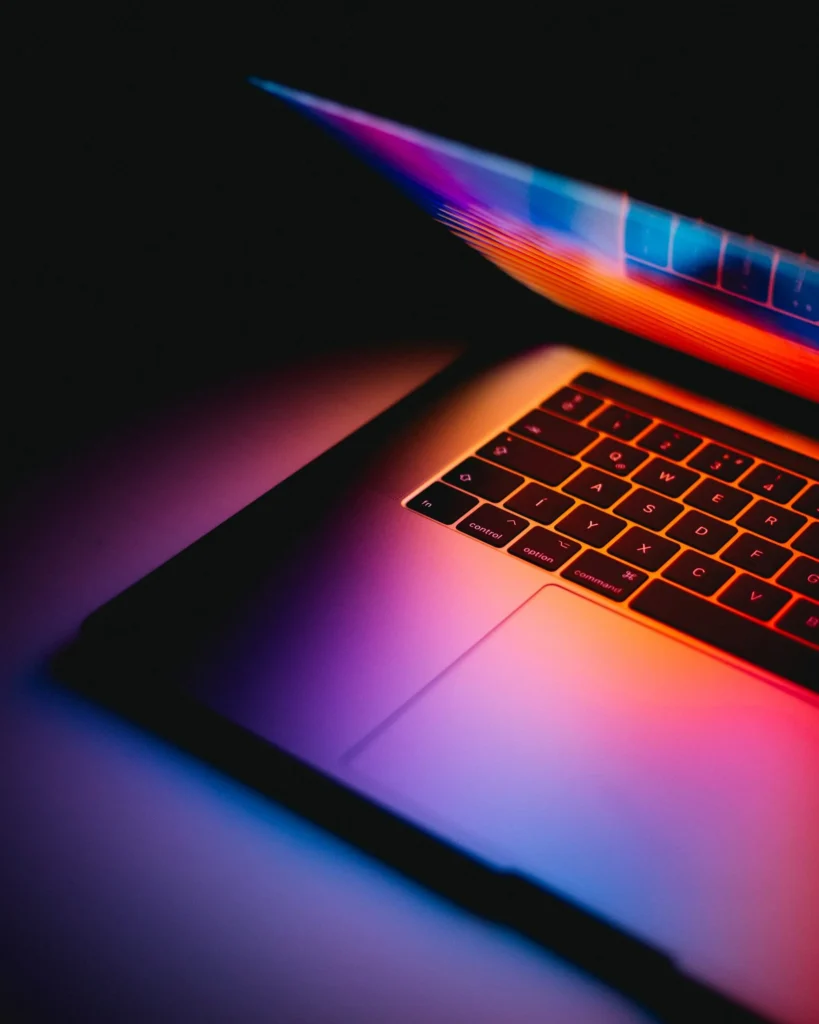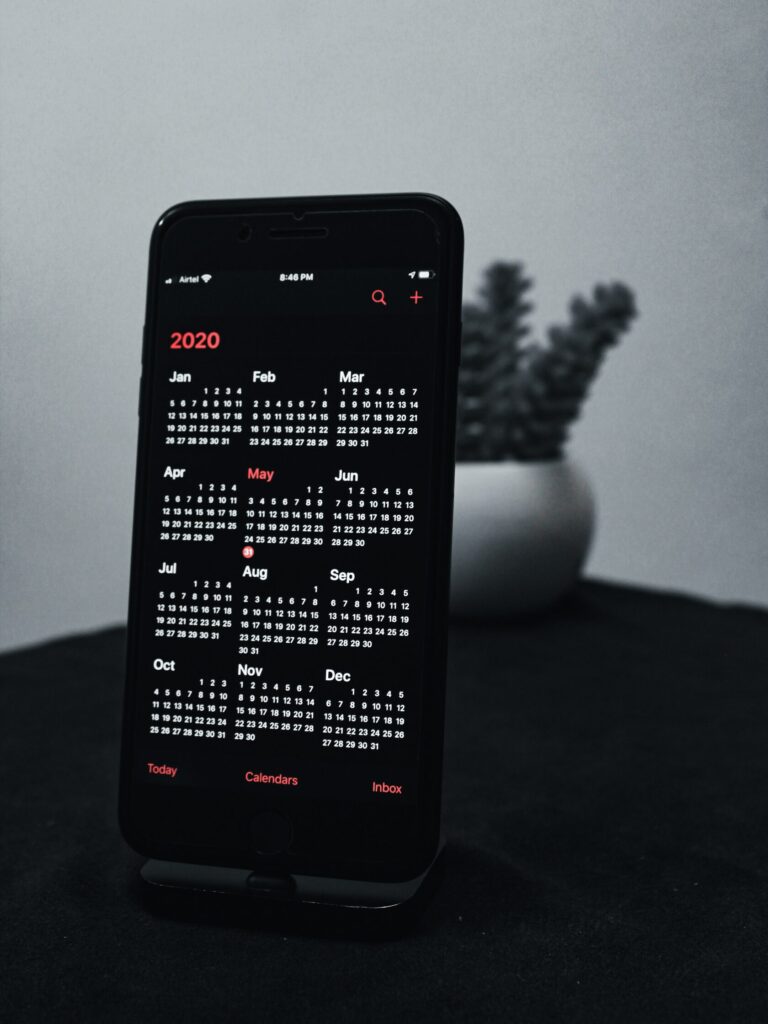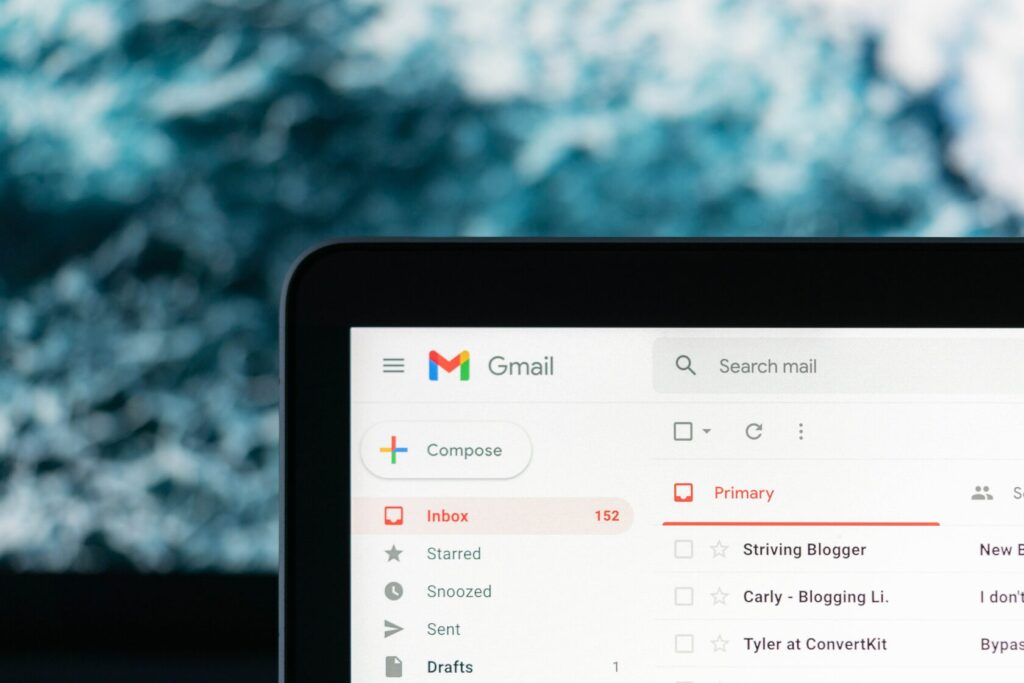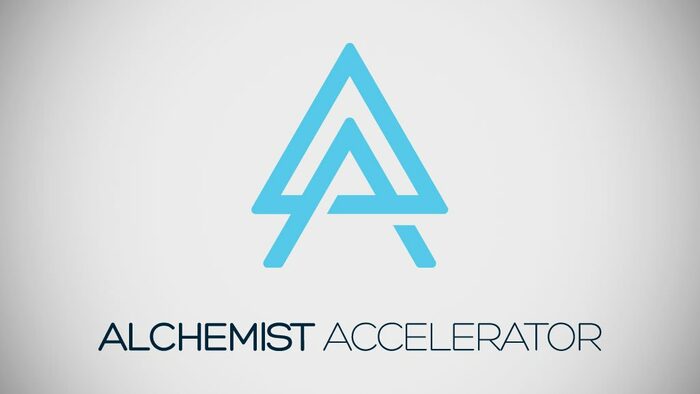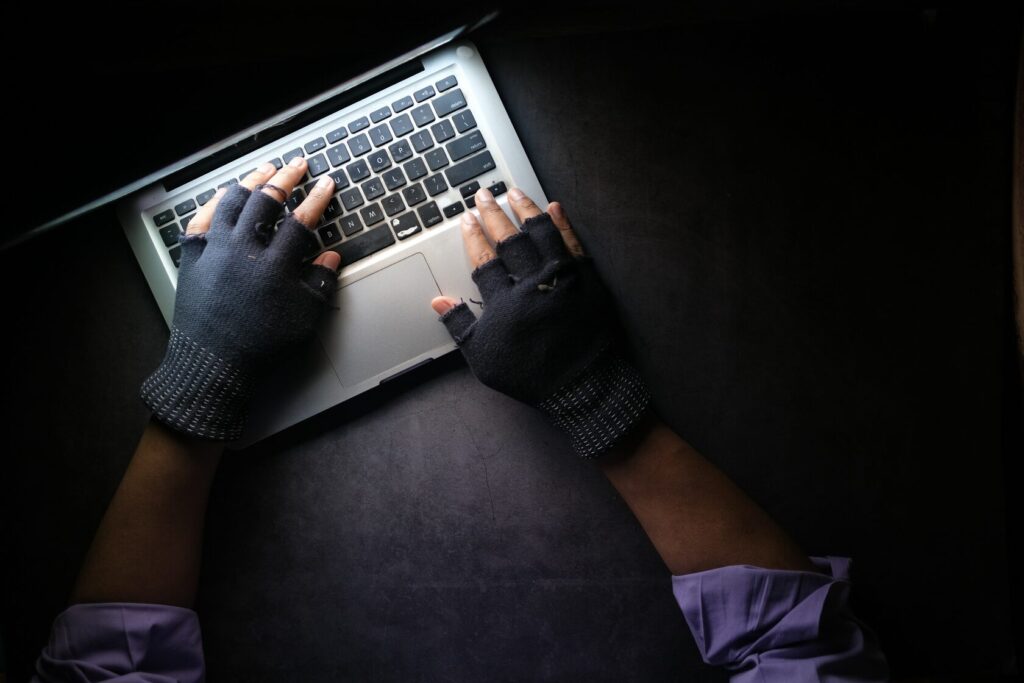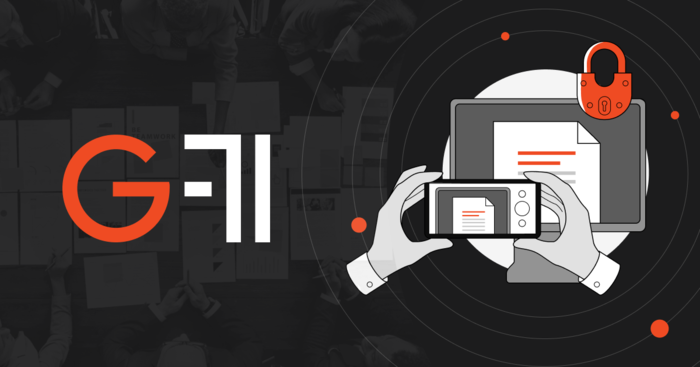With the ever-increasing volume of data in business, protecting personally identifiable information (PII) is increasingly becoming a challenge. While most companies have strengthened their systems against external threats, Bring-Your-Own-Device (BYOD) threats remain largely unsecured.
According to CIO statistics, about 5 to 10 percent of data leaks are attributed to employees who are willing to sell to competitors for a small token of appreciation. Even though you cannot snuff-out your employees’ human nature to advance their interests, you can protect PII information from profit-minded employees.
What is the Issue with Conventional PII Protection Solutions?
When it comes to the protection of PII, sandboxing strategies should cover both external and internal threats. Unfortunately, most commonly used PII protection solutions like data-leak-prevention (DLP) technology have several weak links. For starters, it is designed to prevent intentional leaks of PII and valuable corporate data by monitoring incoming and outgoing online traffic. Even though DLP is effective in detecting PII leaks via e-mail, removable storage, or USB flash drives, the system can miss photos taken by employees using their smartphones.
This flaw is a wide-open backdoor just waiting to be exploited by unscrupulous employees based on the growing role of smartphones in the 21st-century workplace. For example, an employee can take photos of a screen displaying PII from an angle and get away scot-free since both DLP and DRM cannot detect or track them in this form. Apart from photos, employees can hardcopy documents containing PII and walk out the door undetected.
The widespread adoption of BYOD in the workplace makes it imperative for SMBs to reevaluate their PII protection protocols to address internal threats.
The Challenges in Protecting PII from BYOD Threats
While SMBs adopting BYOD can cut costs associated with hardware and software costs, a large number of smartphones in the workplace increases the loopholes and vulnerabilities in the protection of PII. BYOD security is increasingly becoming the biggest challenge for SMBs since the effectiveness of PII protection requires exerting control over employees’ personal devices. But, sniffing around employee’s smartphones at the end of their shift can infringe on their privacy because these devices are not company property.
The cost-cutting benefits, coupled with BYOD threats and vulnerabilities, creates a dilemma for SMBs. The financial burden of having to purchase mobile devices for employees and maintain them in the long-run can cripple most SMBs. On the other hand, the coffers of SMBs can be wiped clean with lawsuits and huge settlements in case of PII leaks. So, how can companies protect PII information when sharing with third parties?
What is the Best Method for Sharing Files with PII Protected Information?
The best method for sharing PII should eliminate the dilemma of having to choose either overburdening costs or the risks of PII leaks. It should allow SMBs to adopt a BYOD model for cost-cutting and protect PII information from within. This is where LeaksID by G-71 comes in handy.
LeaksID is robust and impeccably designed to protect PII documents by modifying their original files and creating billions of unique personalised copies for quick and easy tracing of the culprit in case of a leak.
This security technology issues a uniquely modified copy to each of your employees every single time they create, edit, or open any file or document in your system.
The personalised copy is displayed on the employee’s screen, but they cannot see the difference between the original and the modified file. Most importantly, the modified file contains unique differences from the original that can be used to trace the employee responsible in case of a leak. LeaksID is able to track the copy, leak time and geo location, even if the document fragment is damaged or shot from an angle.
Try out LeaksID, our cloud solution to store documents, collaborate on them, and securely share them.
